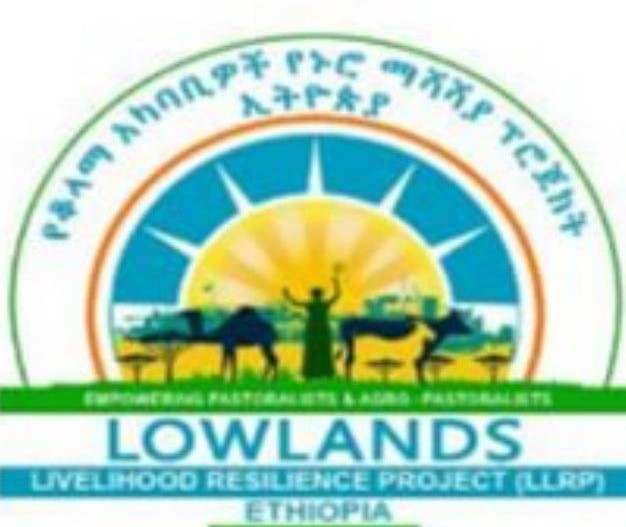SWEPR Lowlands Livelihood Resilience Project (LLRP) is a multi-phase initiative, with LLRP I beginning in 2019 for 6 years and LLRP II starting in 2024 up to 2029. The project is designed to enhance the livelihoods and climate resilience of pastoral and agro-pastoral communities in SWEPR lowlands. LLRP aims to provide sustainable solutions to socioeconomic and environmental challenges in LLRP I – 3 Woredas, LLRP II – 5 Woredas of the SWEPR.
Phase Two of the Lowland Livelihood Improvement Project (LLRP II) is a 5-year project to be implemented from 2024 to FY 2029. The project is supported by the World Bank, the Association for International Development (IDA), International Fund for Agricultural Development (IFAD) and User Community Contributions (MSE). The total cost of the project is $424 million, of which 340 million USD will be funded from IDA loans, USD 80 million from IFAD and the remaining 4 million USD from beneficiary communities. The project on March 22 The date 2024 was approved by IFAD as well as April 15, 2024 by the World Bank Executive Board and came into effect on June 21, 2024.
LLRP I focused on building foundational resilience, and LLRP II builds on this foundation by expanding support for climate-smart technologies, disaster risk management, and integrated rangeland management.
LLRP is driven by the vision of a sustainable, resilient, and inclusive development path that improves livelihoods, enhances food security, and strengthens the economic participation of marginalized communities, including women and youth.
